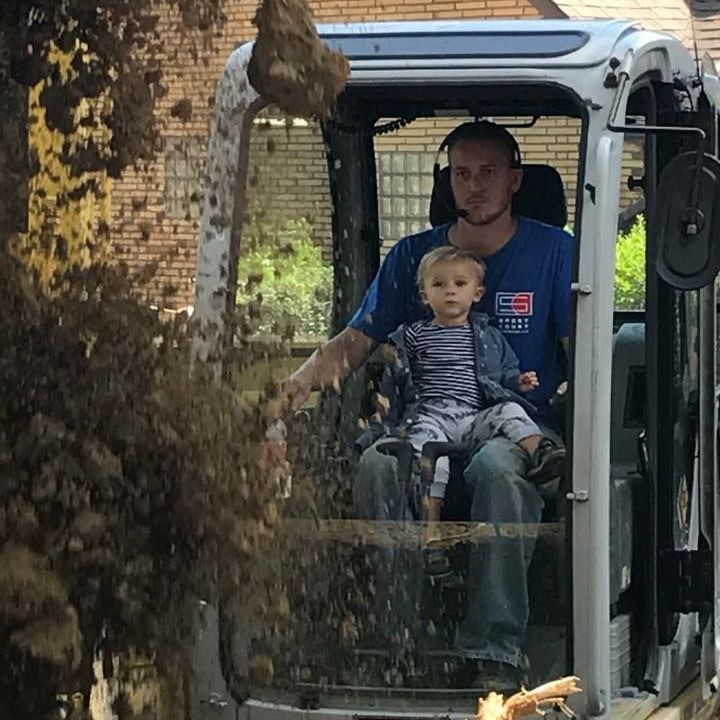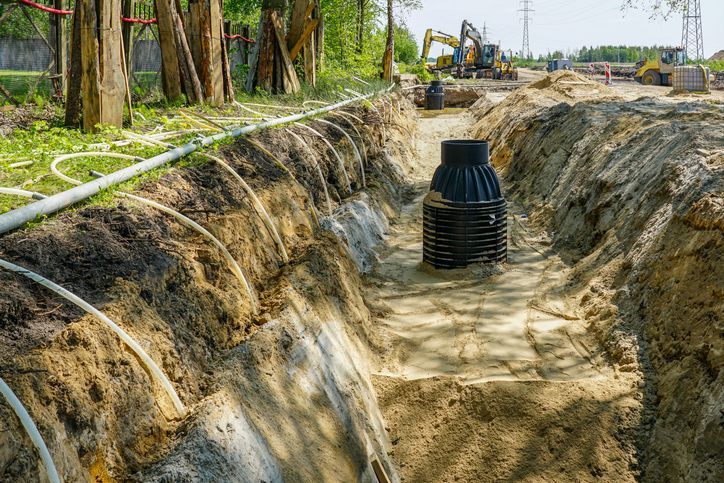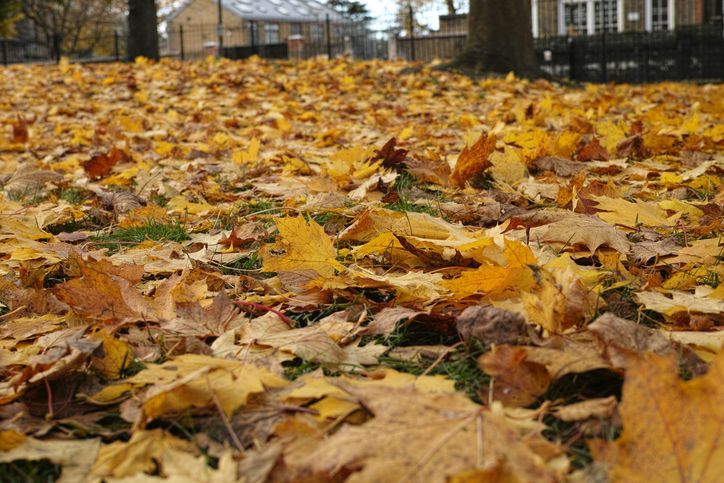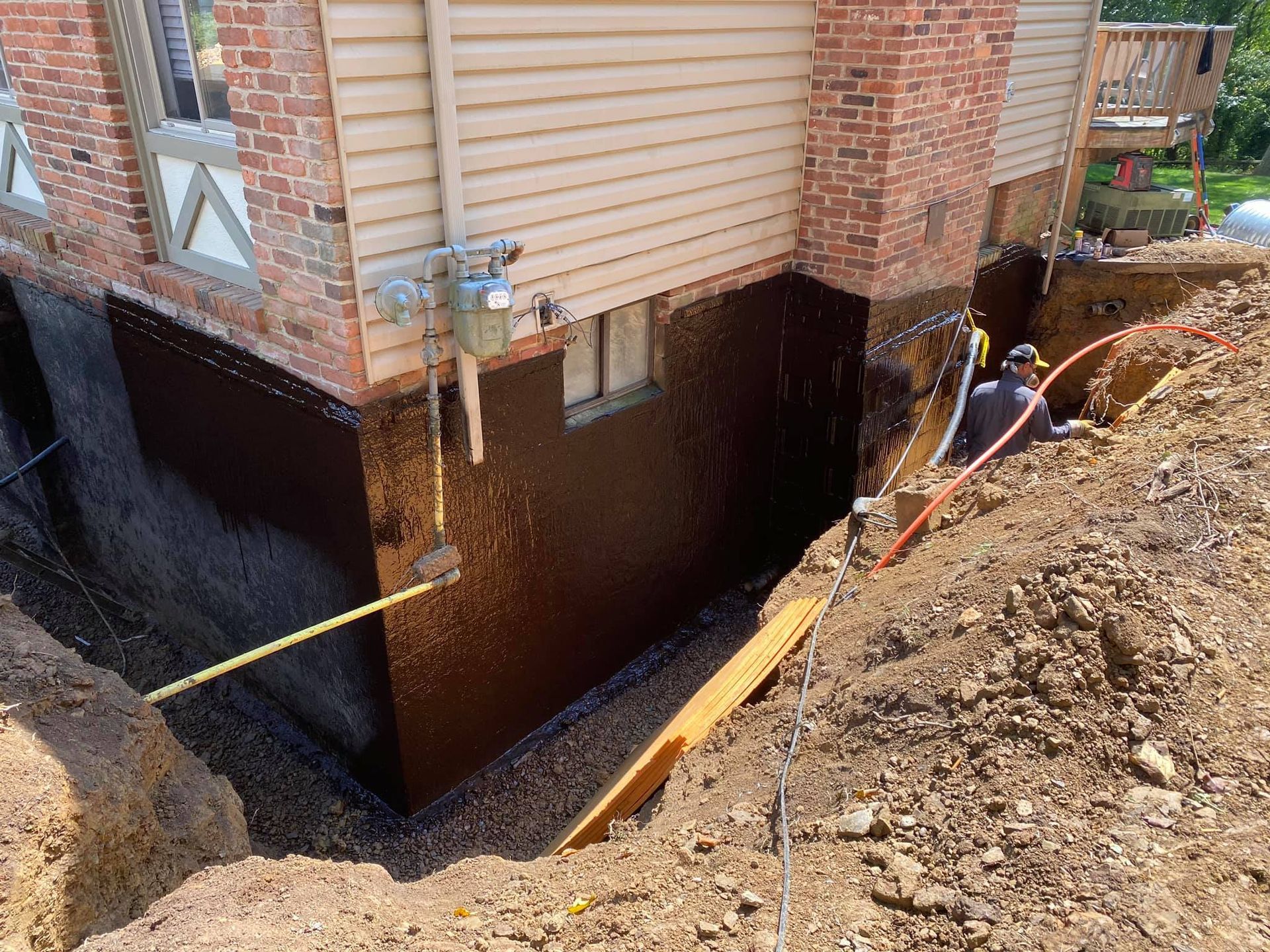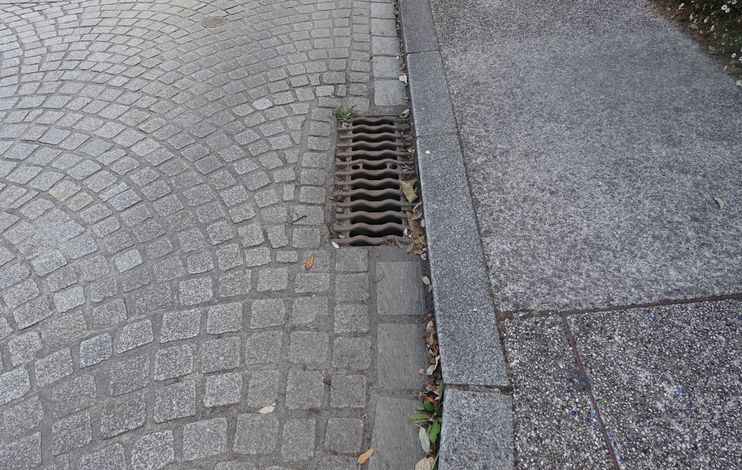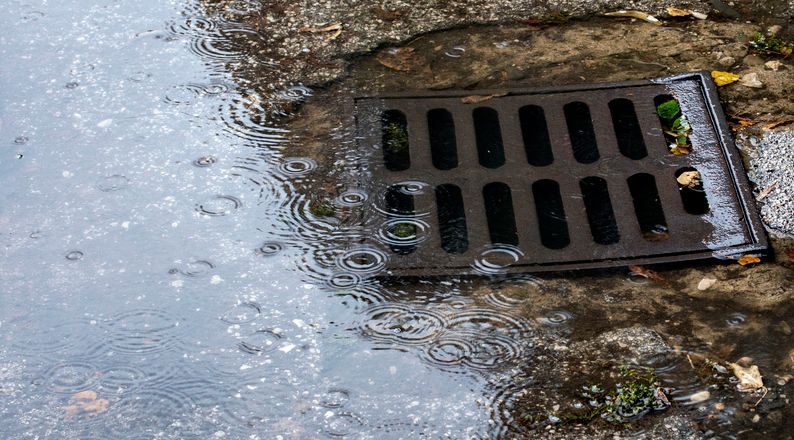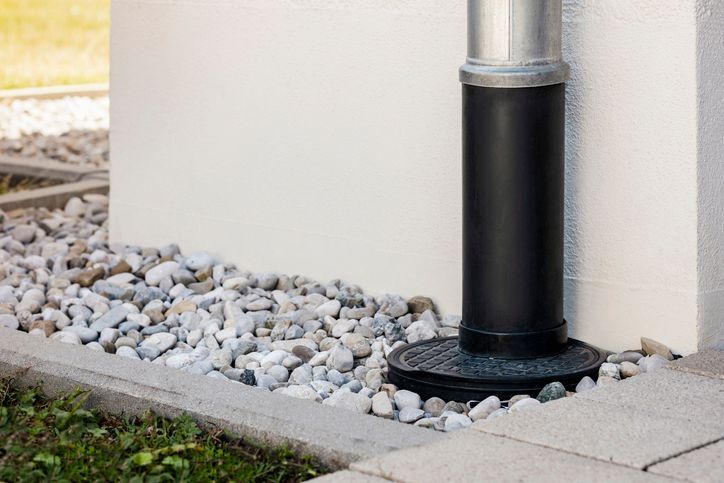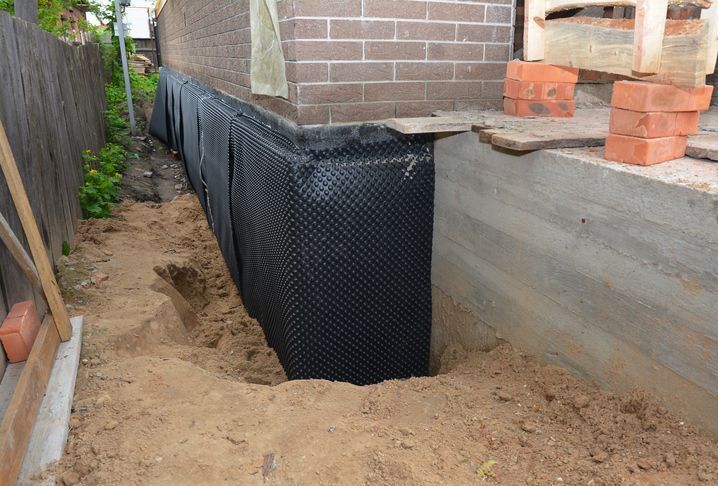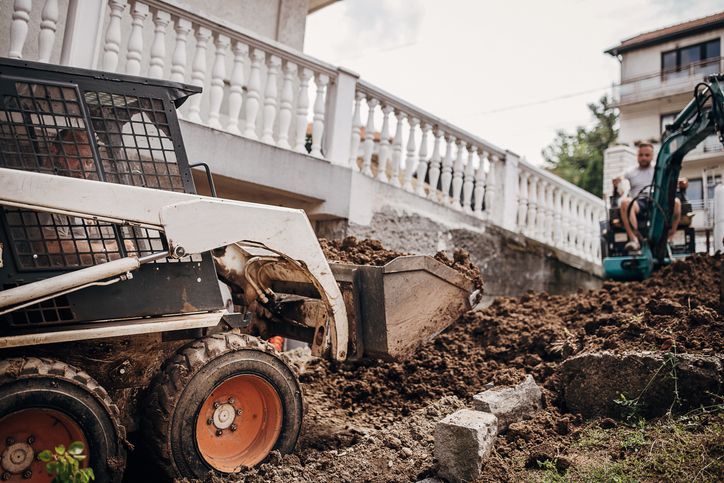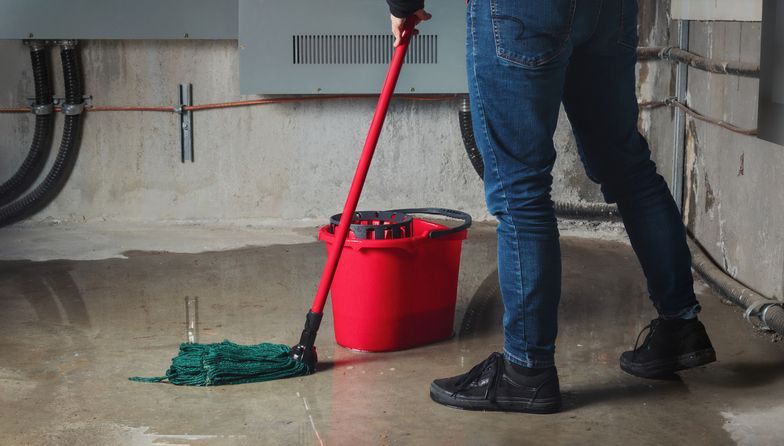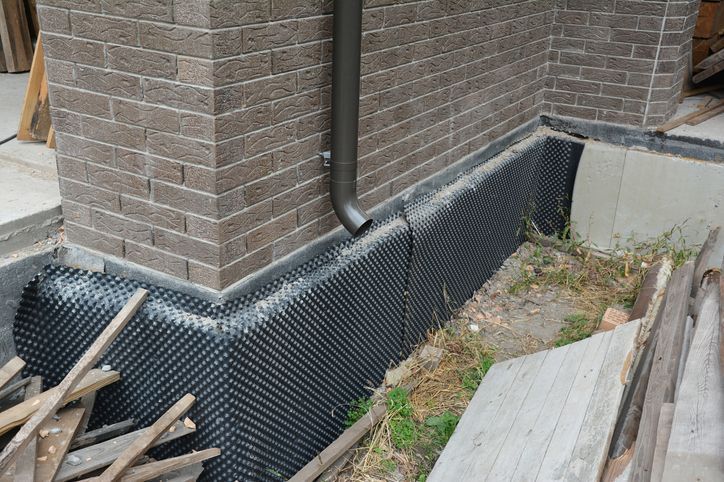Signs Your Property Has a Stormwater Drainage Problem
Stormwater drainage is one of those aspects of homeownership that often goes unnoticed until it becomes a clear problem. After a heavy rain, you may not think much of a few puddles in your yard or a damp patch near the foundation. But over time, the way water flows—or fails to flow—through your property can affect your lawn’s health, the stability of your home, and even the safety of your outdoor spaces.
In Pittsburgh, these issues are prevalent. Our city’s steep terrain, clay-heavy soil, and frequent rainfall create perfect conditions for drainage problems to develop. Knowing what to look for can help you spot early warning signs before they turn into expensive repairs.
This guide explains the most common signs of stormwater drainage problems, why they matter, and how working with a trusted Pittsburgh drainage company can help protect your home.
Why Stormwater Management Matters for Pittsburgh Properties
Water may seem harmless, but unmanaged runoff can cause gradual yet severe damage. When rainwater doesn’t drain properly, it can saturate the soil, weaken structures, and erode landscaping. In Pittsburgh, where many properties sit on hillsides or low-lying lots, drainage challenges are even more pronounced.
Here are a few reasons stormwater management is essential for local homeowners:
- Hilly terrain creates runoff paths. Water naturally flows downhill, which can cause erosion, pooling, or flooding in lower-lying areas, such as yards and basements.
- Clay soil absorbs poorly. Much of the Pittsburgh region has clay-heavy soil, which tends to hold water rather than allowing it to drain efficiently.
- Heavy rainfall patterns. Local weather often brings intense storms, which can overwhelm gutters and saturate the ground quickly.
Proper stormwater management—whether through grading adjustments, drainage systems, or water retention installation in Pittsburgh—keeps water moving safely away from your home and protects your investment.
Common Signs of Poor Yard Drainage
When checking your lawn for drainage issues, look for these common signs:
1. Standing Water in the Yard Long After Rain
If puddles remain for days after a storm, your yard isn’t draining correctly. This could mean the soil has reached saturation, or the yard lacks a slope to move water away. Over time, standing water can:
- Suffocate grass and plant roots
- Create mud patches that make the yard difficult to use
- Provide breeding grounds for mosquitoes.
Even if it doesn’t look serious, recurring standing water is one of the earliest and clearest indicators of a drainage issue.
2. Soggy or Mushy Lawn Areas
Sometimes, water doesn’t pool in obvious puddles but instead leaves areas of the lawn soft and spongy. Walking across these areas will feel like stepping on a wet sponge. This typically indicates oversaturation, where the soil can’t absorb any more water.
Soggy lawns can lead to:
- Lawn diseases such as mold and fungus
- Increased pest activity in damp soil
- Reduced root health for grass and plants
If you frequently avoid certain areas of your yard because they’re always wet, it’s worth investigating the underlying drainage.
3. Water Pooling Near the Foundation
One of the most serious warning signs is water collecting along the base of your home. This usually happens when grading slopes toward the house or when downspouts are too short to move water away.
Over time, this can cause:
- Cracks in the foundation
- Basement flooding or leaks
- Structural instability from shifting soil
Even small puddles near the foundation need attention. Addressing them early with professional drainage solutions is much less costly than repairing foundation damage later.
4. Erosion in Landscaped Areas
Do you notice mulch washing away, plant roots becoming exposed, or bare patches of soil forming after storms? These are signs of erosion. Sloped yards are especially vulnerable, as water runs quickly downhill and carries soil with it.
Unchecked erosion can:
- Damage expensive landscaping
- Strip away protective topsoil.
- Lead to uneven or unsafe yard surfaces.
Erosion may seem cosmetic at first, but it often signals a more significant drainage problem that requires correction.
5. Cracks in Driveways, Walkways, or Patios
Hard surfaces, such as concrete and asphalt, aren’t immune to water problems. When soil beneath them becomes oversaturated, it can shift or expand, causing surfaces above to crack or settle unevenly.
Signs to look for include:
- Cracks forming or widening over time
- Pooling water along the edges of patios or driveways
- Uneven settling creates tripping hazards.
If you see these issues, drainage is often a hidden factor.
6. Mold or Mildew Along Foundation Walls or Basement
Basements in Pittsburgh are particularly prone to dampness. Mold, mildew, or a persistent musty smell often indicates that water is entering your home. You might notice:
- Dark or green patches on the basement walls
- White streaks known as efflorescence (mineral deposits left by evaporated water)
- Moisture buildup near baseboards or foundation joints
These signs indicate poor exterior drainage, allowing water to press against or seep into the foundation.
7. Overflowing Gutters and Downspouts
During storms, gutters should channel water smoothly into downspouts and away from the home. If water spills over the edges, it could mean:
- Gutters are clogged with debris.
- The system is undersized for the roof’s runoff.
- Downspouts don’t extend far enough to protect the foundation.
Overflowing gutters can contribute to nearly all the other problems listed here, from soggy lawns to foundation issues.
How Drainage Issues Get Worse Over Time
One of the most significant risks with drainage problems is that they rarely stay the same. What begins as a puddle in the yard or a damp basement corner can gradually escalate into costly repairs.
- Foundation repair costs rise. As water pressure builds, cracks widen and structural damage increases.
- Soil and hardscape shifting occurs. Driveways, patios, and retaining walls can shift or fail when the soil beneath them stays saturated.
- Landscaping declines. Plants, trees, and grass may weaken or die from root rot or erosion.
- Indoor damage spreads. Moisture can travel into living spaces, affecting flooring, drywall, and even air quality.
Addressing drainage early saves money and prevents long-term damage to your property.
What to Do If You Notice These Signs
If you recognize one or more of these signs on your property, don’t ignore them. Here’s how to get started:
- Inspect gutters and downspouts. Check that they are clean and direct water well away from your foundation.
- Check the grading around the house. The ground should slope away from your foundation to prevent pooling.
- Look for obvious blockages. Sometimes, debris or compacted soil is the immediate cause of poor drainage.
Know when to call a professional. Some issues require more than a simple repair. A professional assessment can identify the leading cause and recommend long-term solutions, such as French drains, swales, or water retention installations in Pittsburgh.
Work With a Local Pittsburgh Drainage Company
Every property is different, and solutions should be tailored to your yard’s unique slope, soil type, and structures. That’s where Pittsburgh Drain Guys comes in.
We specialize in creating custom drainage systems that address both immediate symptoms and long-term water management needs. Our services include:
- On-site evaluations and inspections
- Recommendations for grading, gutter adjustments, and drainage installations
- Professional water retention solutions to manage storm runoff
By working with a local Pittsburgh drainage company that understands the region’s weather and terrain, you can ensure your property is protected against future water damage.
Notice signs of poor drainage in your yard? Contact Pittsburgh Drain Guys for a site evaluation and expert advice on long-term solutions.
